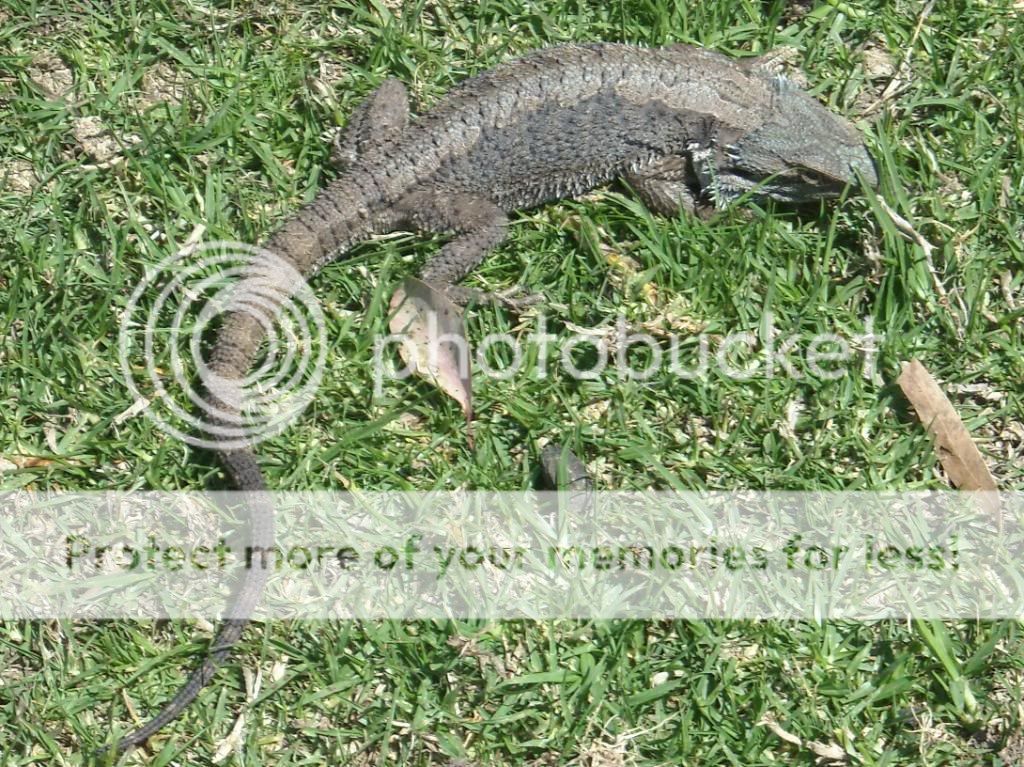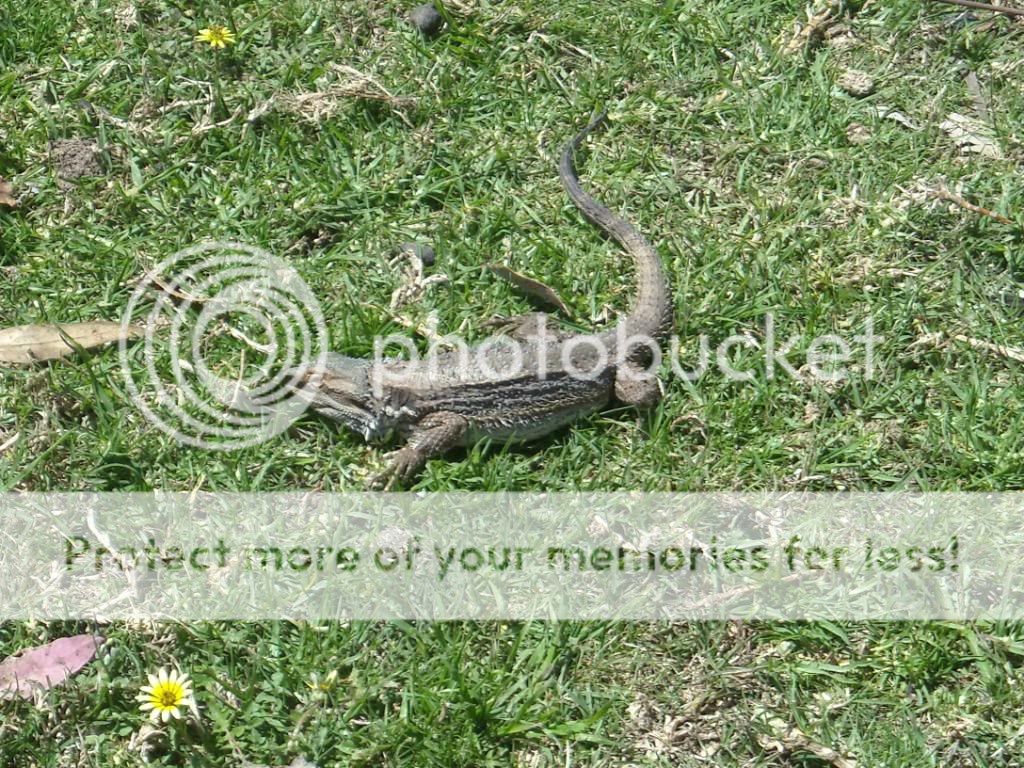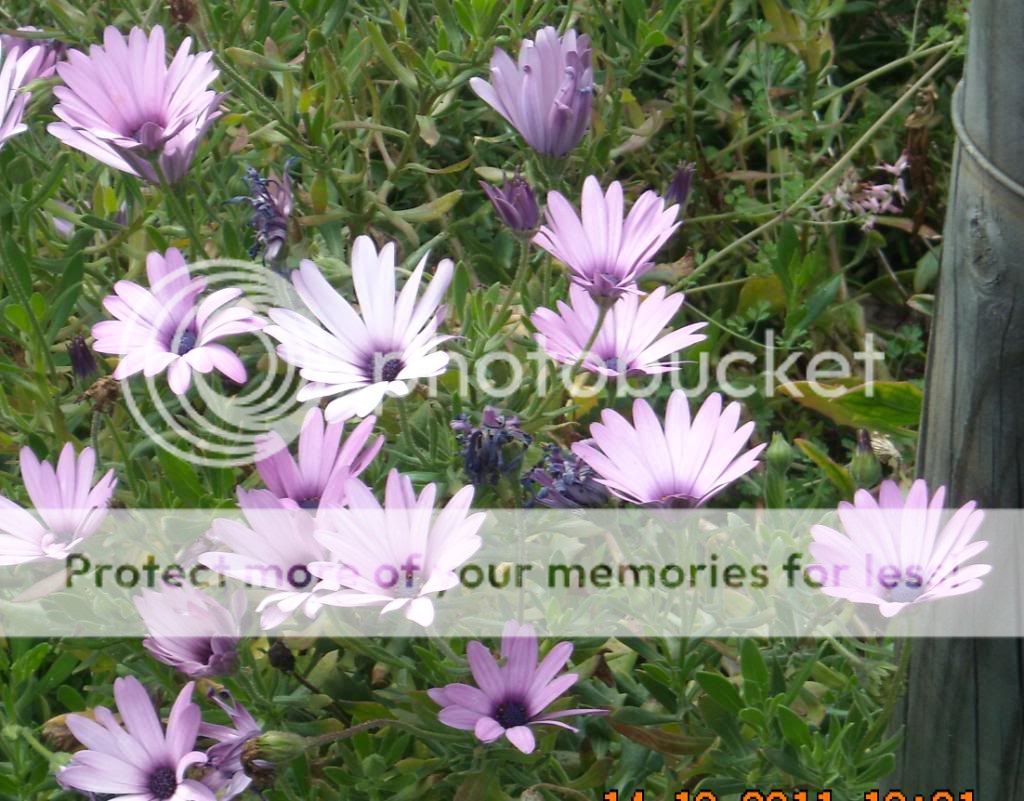The Eastern bearded dragon (Pogona barbata) (below) is an agamid lizard found in wooded parts of Australia. It is one of a group of species known commonly as Bearded Dragons. Other common names for this species include Jew Lizard and Frilly Lizard, the latter being a confusion between this and another dragon; the Frilled Lizard (Chlamydosaurus kingii).
We were gathering kindling to start a fire and Rhonda almost picked this one up, thinking it was a 'stick'. These lizards are chameleons and can change their colour to disguise their presence. It was quite large for the area we found it in and I suspect it is quite a mature specimen, quite different to the little fellow below.
This young bloke was sunning himself on the road when we stopped and I took his picture out of the truck window. Unfortunately they are frequently 'road kill' as the like to warm themselves on the warm tarmacadam.
I am pretty certain the birds below are white faced herons. We came upon this pair when I went to wet a line in a little cove. They may be nesting, as it is springtime. The second one did not want to leave the treeline and I suspect that is where they have a nest and some chicks.
The White-faced Heron, Egretta novaehollandiae, also known as the Blue Crane, White-fronted Heron, and incorrectly as the Grey Heron, is a common bird throughout most of Australasia, including New Guinea, the islands of Torres Strait, Indonesia, New Zealand, the islands of the Sub antarctic, and all but the driest areas of Australia. It is a relatively small heron, pale, slightly bluish-grey, with yellow legs and white facial markings. It can be found almost anywhere near shallow water, fresh or salt, and although it is prompt to depart the scene on long, slow-beating wings if disturbed, it will boldly raid suburban fish ponds.
These are a few flowers - the mauve and the white daisies are domestic daisies gone 'feral' and growing along a fence line. The blue flower with the green and yellow leaf I do not know, however, I suspect it is also a domestic species gone feral - the latter throwing out 'runners' and sending up new growth foliage.














No comments:
Post a Comment